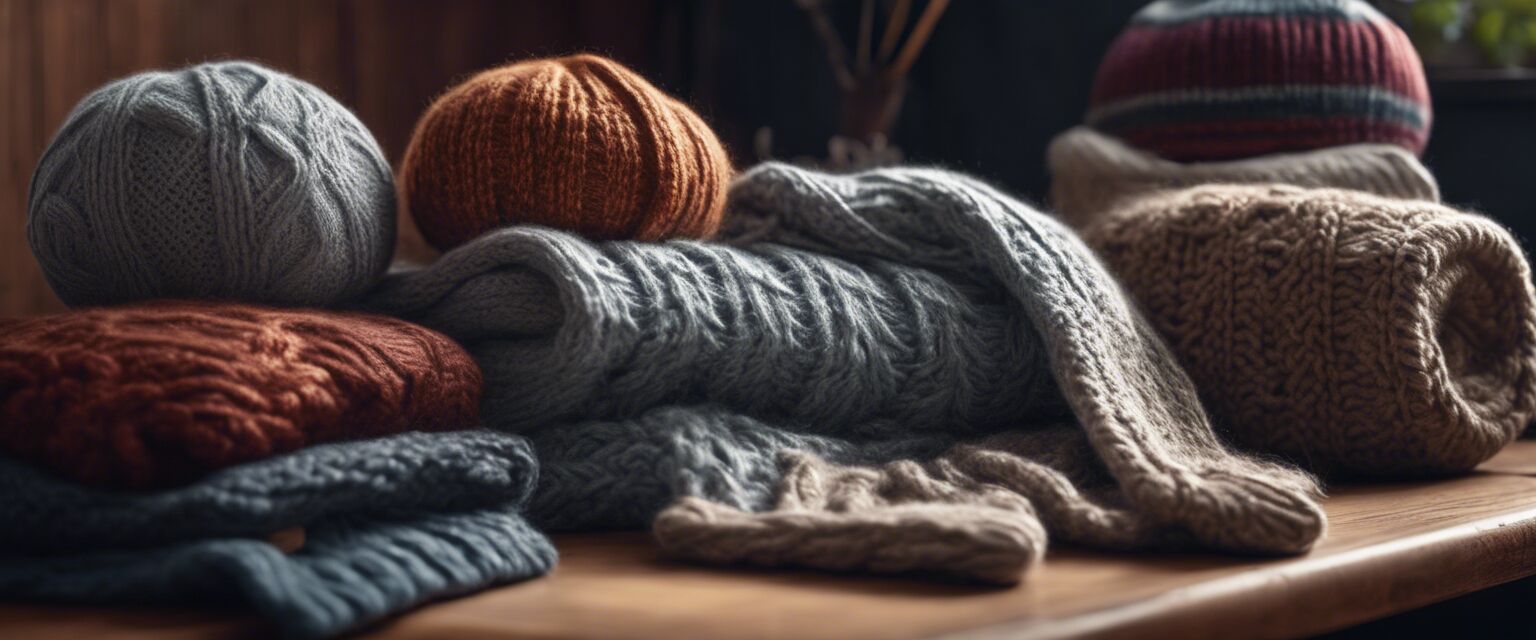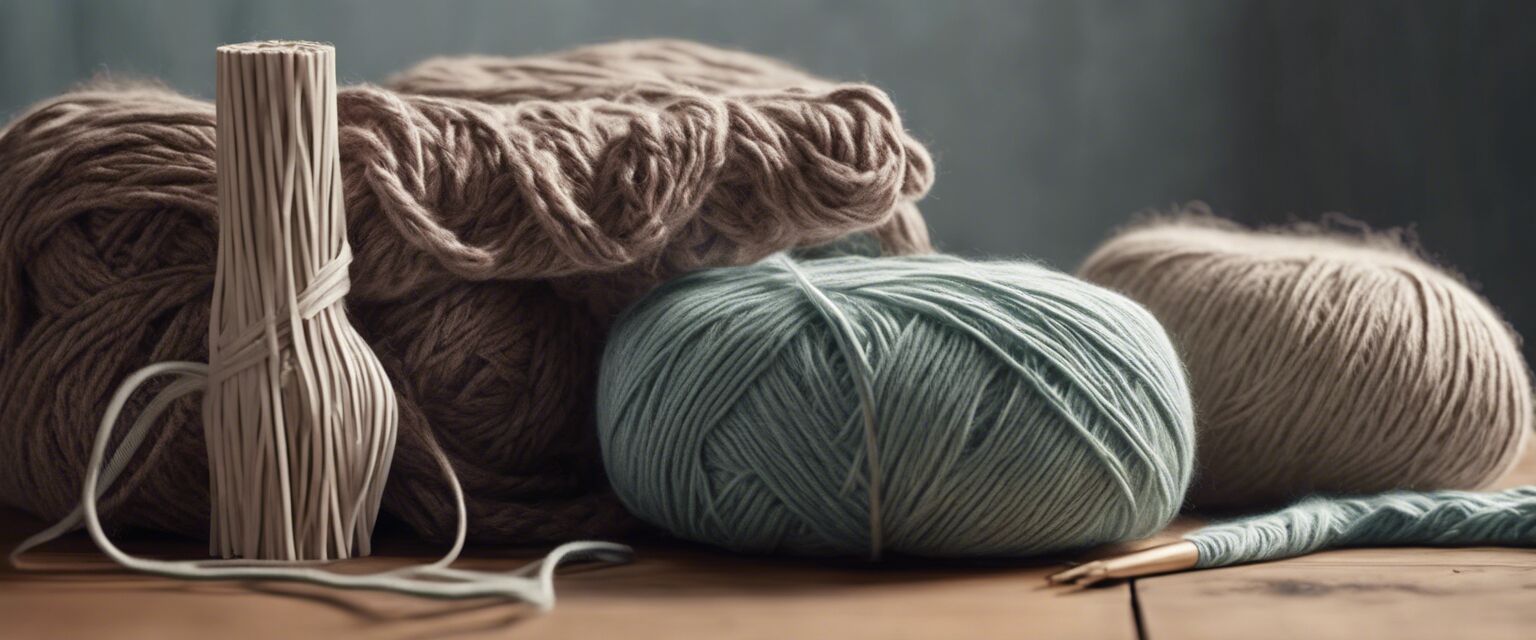
Advanced Knitting Techniques
Welcome to your ultimate guide on advanced knitting techniques! This article is designed for experienced knitters who are looking to enhance their skills and explore new stitches and patterns. From lacework to textured stitches, we will cover a wide array of advanced techniques that you can incorporate into your knitting projects.
Key Takeaways
- Master techniques such as lacework, cables, and colorwork.
- Explore various stitch variations to create unique patterns.
- Learn how to read advanced knitting patterns and charts.
- Tips to troubleshoot common knitting issues.
- Discover resources for further learning and inspiration.
1. Advanced Knitting Techniques Overview
Advanced knitting encompasses a variety of techniques, including:
- Lace knitting
- Cabling
- Colorwork
- Short rows
- Textured stitches
1.1 Lace Knitting
Lace knitting creates delicate patterns with intentional holes, often resulting in beautiful garments and accessories. The key to lace knitting is to master yarn overs and decreases.

1.2 Cables
Cable knitting involves creating twisted rope-like designs in your fabric. This technique adds dimension and depth to your projects.
| Cable Type | Description |
|---|---|
| Simple Cables | Single twisted stitches that create subtle texture. |
| Complex Cables | Combination of multiple twisted stitches forming elaborate designs. |
2. Reading Advanced Patterns
Reading advanced knitting patterns can often be daunting. Here are some tips to help you decipher the instructions:
- Break down the pattern into smaller sections.
- Highlight stitches and place markers for easier navigation.
- Refer to stitch dictionaries for unfamiliar terms.
3. Troubleshooting Common Knitting Issues
Even experienced knitters encounter obstacles. Here are some common issues and solutions:
| Issue | Solution |
|---|---|
| Ladders in knitting | Check your tension and practice controlling your stitch size. |
| Uneven edges | Ensure you are maintaining consistent tension throughout the project. |
4. Resources for Further Learning
To expand your knowledge and skills, consider the following resources:
- Knitting books and patterns
- Advanced knitting kits for hands-on practice
- Quality tools and accessories for advanced projects
- Explore specialty yarns for unique textures
- Invest in ergonomic needles and tools
5. Conclusion
By mastering these advanced knitting techniques, knitters can create stunning and intricate projects that showcase their skills. Remember to practice regularly and embrace the learning process as you explore new patterns and techniques.
Tips for Advanced Knitting
- Practice new stitches on a small swatch before incorporating them into larger projects.
- Keep a project journal to track your progress and techniques used.
- Join knitting communities for support and inspiration.
Pros
- Enhances creativity and expression through unique projects.
- Provides a sense of accomplishment when mastering new techniques.
- Increases skill level and confidence in knitting.
Cons
- Can be challenging to learn without proper guidance.
- May require additional resources and tools.












